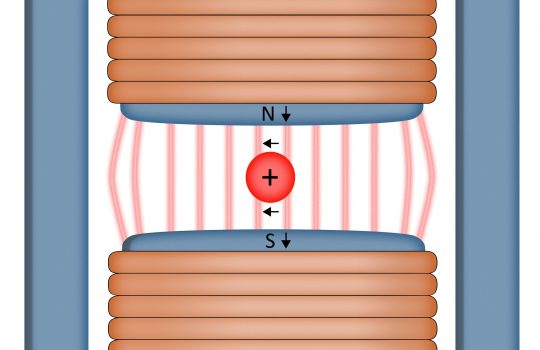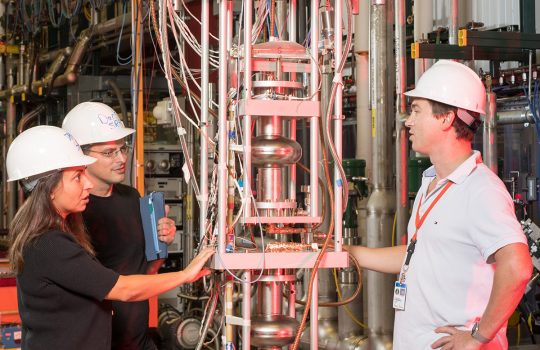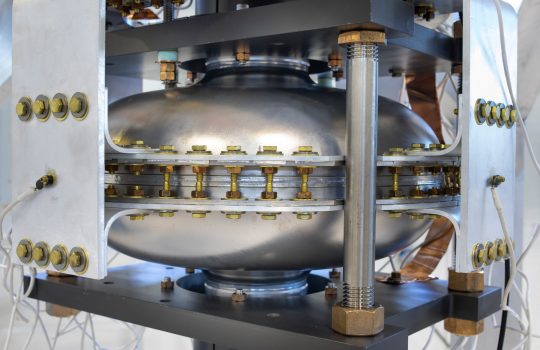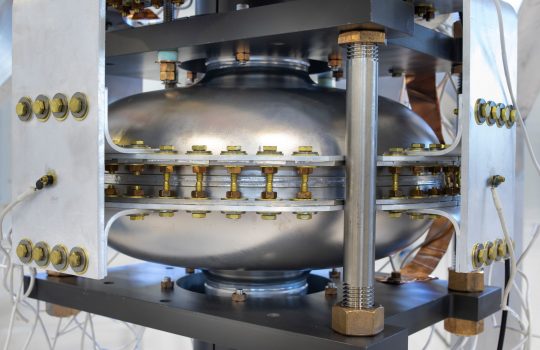The power of attraction: magnets in particle accelerators
Accelerator magnets — how do they work? Depending on the number of poles a magnet has, it bends, shapes or shores up the stability of particle beams as they shoot at velocities close to the speed of light. Experts design magnets so they can wield the beam in just the right way to yield the physics they’re after. Here’s your primer on particle accelerator magnets.





